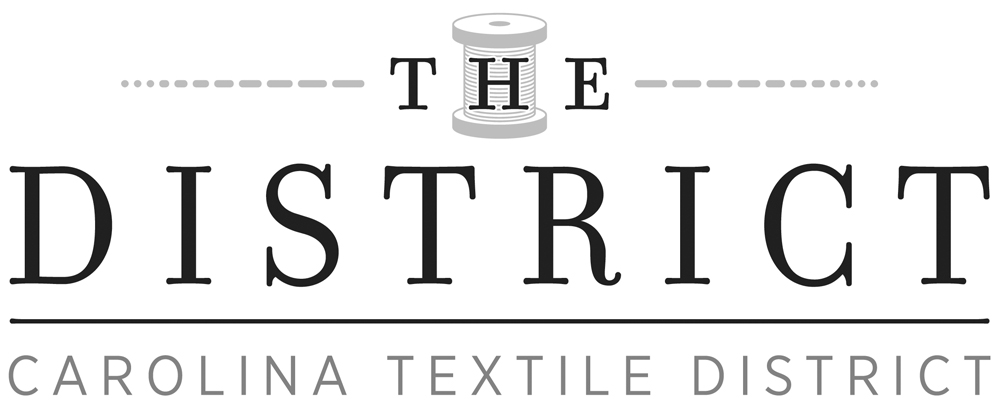

There’s a big fat learning curve when it comes to the world of fashion production. Figuring out the lingo, becoming familiar with the processes and systems, and understanding the reasoning behind the way things work, are all absolute musts if you want to avoid mistakes, headaches, and mishaps.
The problem is that designers don’t necessarily know how to learn these things. I’ll say that a big part of it is going to be learning on the job. As painful as that may sound, getting in there and actually doing it is the best way to learn anything. With that said, it can be an expensive lesson. So anything you can research and learn beforehand will be helpful.
There are lots blog posts dedicated to helping fashion designers navigate the world of manufacturing.
But talking to experts is also a good thing. They’re experts for a reason. Recently Tanya Wade, project coordinator at Carolina Textile District, did a live Q+A for StartUp FASHION Community Members. It was “Ask Me Anything” style and our members asked some great questions! Here are 3 (of many!) manufacturing tips she shared during that online session.
There is a Good Reason that Per Style Also Means Per Color
When you get a per style quote for minimums from a factory, it usually means per style, per color. So, a 25 piece minimum is 25 dresses in one color. So if the dress you want to produce comes in three colors, your minimum is actually 75.
I know that seems a little frustrating. You’re probably like, what the heck do they care about the color?! It’s the same damn dress.
Well, here’s the thing– it isn’t the same damn dress. The thing you’re not thinking about: thread color!
The process of switching out thread on the machines is time that they have to account for. They are paying people to make your garments and if you want to switch the thread twice (for your three colors), that costs them money.
With that said, some factories will include more than one color in their minimum quotes. Sometimes there is a limit on the number of colors that can included in the minimum. So the the lesson here: just ask!
Even If You Already Have a Sample, a Production Company will Need to Make Their Own
That’s right. I know a lot of you work to get your sample(s) made so that you can have a prototype to use for finding a manufacturer. That’s great. But you have to understand that once you find the manufacturer that you want to use for production, they will need to make new samples, not just go right into production.
There are two reasons for this:
- They have to do a time study. They can’t give you accurate pricing if they don’t know how long it will take to create your pieces.
- You have to approve their sample in order to go intro production. If you approve a sample from someone else and expect the exact same results for this factory, you’re missing the point of a sample. You need to approve their quality, workmanship, and capabilities. And the way you do that is to see a sample.
So if you find an all-in-one that you feel good about, go for it!
Errors Happen and Many Manufacturers Have an Error Allowance Percentage
A lot of manufacturers have an error percentage rate that is acceptable. So you need to discuss that with them before going into production. 5% is a common percentage.
Whether it exceeds the acceptable percentage or not, calmly make the factory aware of the issue. They can’t fix a problem if they don’t know about it. Some manufacturers will fix the issue and replace the pieces that have errors even if it falls within the allowable percentage because they want to make the client happy.
So stay calm, be direct, and give them a chance to make it right.
About Carolina Textile District
The Carolina Textile District is a network of textile firms collaborating to regrow domestic manufacturing. The organization assists brands, startups and established companies by connecting them to a US supply chain for sewn goods products. The District also provides workshops that educate clients and firms about modern, domestic manufacturing.
Visit the website at www.carolinatextiledistrict.com to learn more about the District or complete the online application to get started working with them.


ROSSIE
I’m happy about this info and really need to grow my business
Casey Cline
Glad the info in this post helped. You will probably enjoy the “growing” section of our blog: https://startupfashion.com/tag/growing/
Katy schildmeyer
Keep in mind that even though we have small businesses. They must get the paperwork for small volume makers in order. It’s a form filed with the FTC that protects you if faulty product is made and sold under your company.
Priscila
I love Startup Fashion! I am so glad to figure out this website. You guys help me a lot.